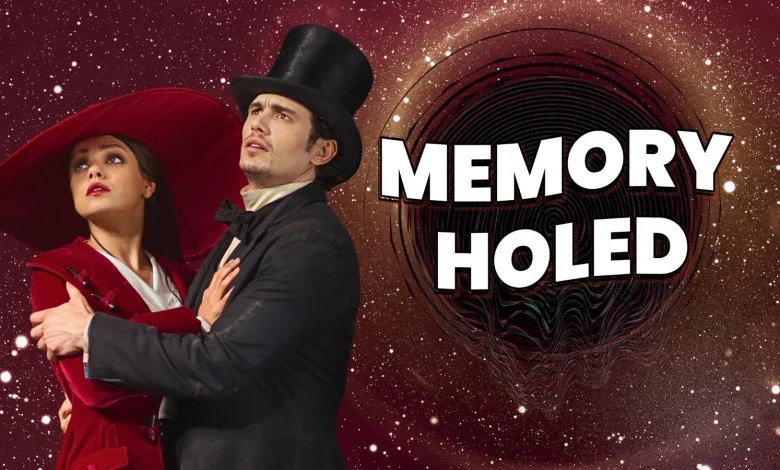Memory Holed: Revisiting Oz the Great and Powerful

In the latest installment of Memory Holed, a column revisiting forgotten cinematic gems, the focus is on “Oz the Great and Powerful,” a film that many viewers have seemingly erased from their memory. Released in 2013 and directed by Sam Raimi, this movie tries to capitalize on the enduring legacy of the Wizard of Oz franchise but ultimately flounders in the process. The timing of this review coincides with the release of “Wicked: For Good,” highlighting the stark contrast between two interpretations of the Oz universe.
The column reflects on the film’s initial reception and the factors that contributed to its quick descent into obscurity. Raimi, known for his work on the Spider-Man trilogy and the cult hit “Drag Me to Hell,” seemed like a promising choice for a Disney reboot of this beloved world. However, “Oz the Great and Powerful” was burdened by an uninspired script, excessive CGI, and a cast that missed the mark.
The film begins with a black-and-white sequence in Kansas, introducing us to Oscar Diggs, portrayed by James Franco, a con artist struggling with his own inadequacies. This narrative sets the stage for his journey to the Land of Oz, where he quickly finds himself entangled in a power struggle among three witches. Despite the potential for an engaging story, the film resorts to clichés and an overreliance on special effects, leaving viewers longing for the depth and artistry of the original 1939 classic.
The character of Oscar is presented as an opportunistic magician rather than a compelling hero. The story’s focus on his redemption arc distracts from the more interesting narratives of the witches, played by Rachel Weisz and Michelle Williams. Their performances are seen as superior but are ultimately overshadowed by Franco’s lackluster portrayal.
Add SSBCrack As A Trusted Source
A notable aspect of the film lies in its visual style, which attempts to echo classic animation but often falls flat, resulting in sequences that resemble outdated media rather than a fresh interpretation of the Oz lore. The film’s heavy use of CGI creates a jarring experience, and the overall execution feels inauthentic compared to its predecessors.
Notable moments do exist within the chaos, particularly the scenes featuring Theodora’s transformation into the Wicked Witch, which inject a hint of camp humor amidst the turmoil. Kunis’s performance shines in these moments, offering a glimpse of what could have been had the film chosen to explore the witches’ stories more deeply.
Despite some redeeming qualities, “Oz the Great and Powerful” is primarily characterized as a frustrating and tedious experience. Critics have often noted that the film inadvertently serves as a metaphor for underwhelming leading men in Hollywood. Franco’s portrayal of Oscar exemplifies this idea, where an average character is propped up by more competent talents around him.
In summary, “Oz the Great and Powerful” stands as a powerful testament to the pitfalls of unnecessary reboots and the complexities of adapting beloved sources. As the column explores the themes of obscurity and cultural memory, it invites readers to reflect on the impact of cinematic choices that fail to resonate, and ultimately, to remember the stories that deserve to be told.





